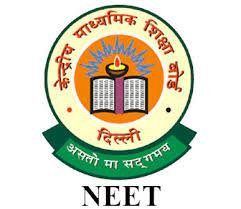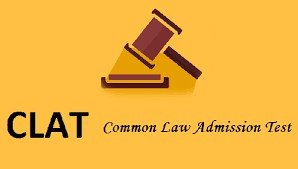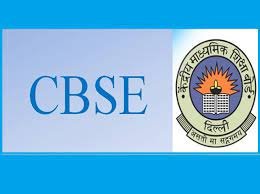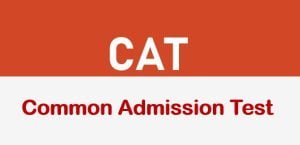In 2024, the National Testing Agency (NTA) will oversee the administration of the National Eligibility cum Entrance Test (NEET UG 2024) for medical, dental, AYUSH, and nursing courses in India. The NTA has officially revealed that the NEET 2024 examination is scheduled to take place on May 5, 2024.
NEET 2024 Highlights
| Particulars | Details |
| Name of the examination | National Eligibility cum Entrance Test |
| Examination conducting authority | National Testing Agency |
| Minimum eligibility | 10+2 with Physics, Chemistry, and Biology |
| Minimum age | 17 years |
| Official website | neet.nta.nic.in |






